Nothing is ever going to be the same again - The Noel D'Cunha Sunday Column
The Covid-19 pandemic has changed and challenged the way we do business. It will lead to a new business era.
“While the Covid-19 has become a part of our history, we must never allow it to become a part of our destiny,” says Samir Patkar, president of Heidelberg India.
In this Sunday Column, Patkar discusses how a digital transformation will shape print’s economy
17 May 2020 | By Noel D'Cunha
The current market turmoil tells me that we are on the cusp of entering a new era, so question everything. Will print stay afloat? What about customer retention, retrenchment, supply chain disruption, travel bans, cash crunch, and above all uncertainty? How will these threaten business recovery? And the main question: what next?
“I believe, the knee-jerk reaction will hit us first,” says Samir Patkar, president for Heidelberg India. “Fortunately for the print industry, packaging printing is a promising growth story waiting to unfold across diverse sectors, including pharma, healthcare, personal care, food, diary, FMCG and much more.”
However, new eras are hard to predict, but post-Covid 19, new regulations are likely to be introduced in printing and other allied industries. These protocols will have a potential impact on fostering digital processes and automation to build business resilience. So start thinking about what’s next.
Patkar says, Achieving operating excellence and enhancing production capabilities while operating under social distancing norms as set by the government is going to be the key challenge for the next 12 months (at the very least). It will become necessary for print shops to be agile, to evolve with market trends and respond swiftly to challenges and opportunities. “For this, a customer has to embark on a digital transformation journey, by building core digital capabilities and introducing a new process and intelligent technologies to optimise and navigate print production to the next level.”
At Drupa 2016, Heidelberg introduced – Push to Stop. “Four years and 400 machines later - Push to Stop or autonomous printing continues to be the kingpin of OEE or overall equipment efficiency, transforming print shops into smart production environments setting unprecedented benchmarks in performance,” explains Patkar.
Operating a smart print shop calls for new and improved processes. The Push to Stop operating philosophy involves six key factors – integrate customers, reduce touchpoints, increase productivity and operating time, reduce paper waste and warehousing, optimise consistency and reproducibility, and business intelligence. “These six factors will also help make your print shop more profitable,” says Patkar.
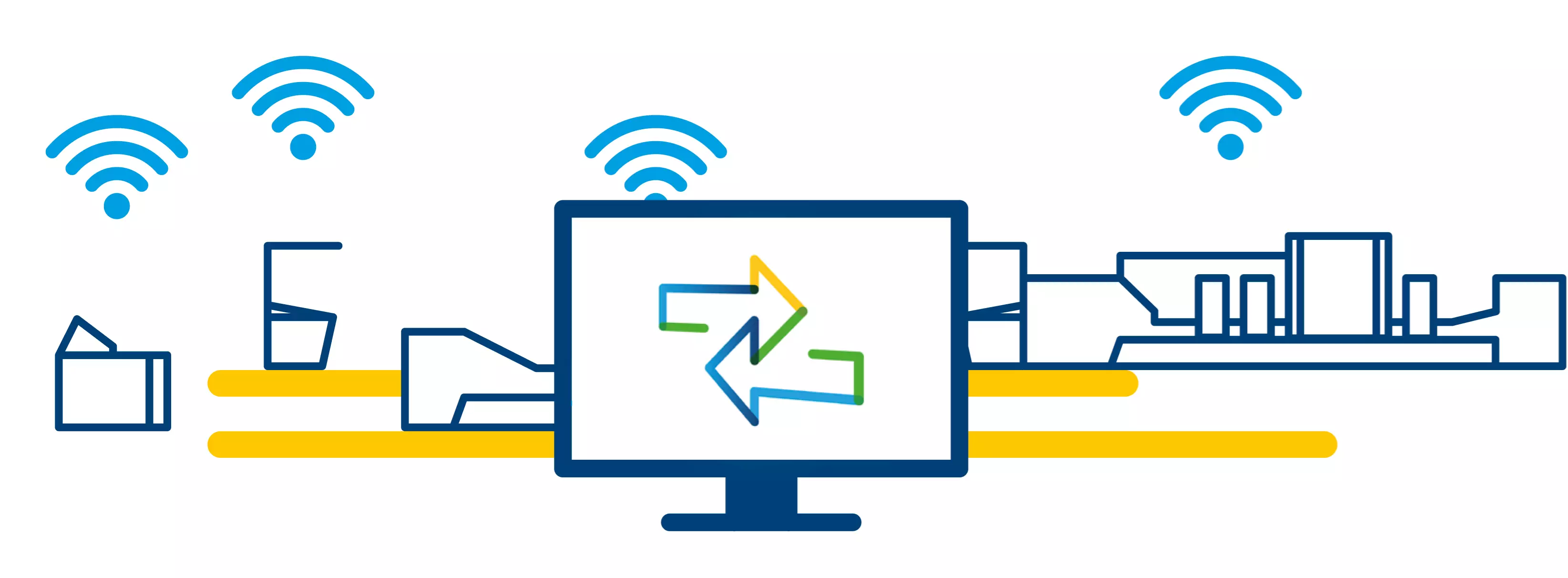
Integrate customers
Web-based portals can be used for more than the direct marketing of printed products.
In fact, online services offer new opportunities for customer integration.
Patkar says, “Web portals are changing the workflow in a print shop. Your customers can view their online and offline orders centrally, manage orders and budgets online, call up prices immediately, and be notified about current promotions, online.”
The possible applications and services are as varied as the customers.
Depending on the segment and offering, they range from simple shopping with a mouse click to extensive B2B portals for special customer requirements.
Such efficient and cost-effective sales and service platforms offer print shops a unique opportunity to open up new markets.
Reduce touchpoints
A touchpoint is defined as any intervention by a person that influences the path of a printed product – starting from the first customer contact through to the product’s delivery.
It makes no difference whether the intervention consists of executing a specific task or planning further production steps, that is, whether it is relevant for administration or production.
“Each and every touchpoint represents an interruption in the process. Possible consequences are defects, loss of time, and higher costs. Reducing touchpoints unlocks previously untapped profitability. Bottlenecks are eliminated.
You can use the performance of the machines to increase your productivity.”
The reduction in touchpoints in the smart print shop is achieved by means of software solutions that automate the processes in administration and production.

Increase productivity and operating time
Success in a competitive market belongs to whoever sells more products and services per hour. Measured by the current level of productivity, an average print shop can double the number of sheets printed per hour – and improve the balance sheet directly with the additional production throughput.
But how are productivity and operating time connected? The operating time is the available time in which the costs for machines and processes can be billed. The productivity is calculated from the quantity of saleable products and/or services that are produced during the operating time.
Patkar explains, “You increase your productivity when all output devices are working as close as possible to their performance limit. An optimised job change from one product to the next additionally increases the number of saleable hours.” Idle phases, such as makeready times or waiting for process information, substrates and consumables, on the other hand, and downtimes must be minimised.
The task of increasing the operating time and productivity over the entire product cycle affects all employees in a print shop – from management down to the operators. “It serves as a basis for joint process analysis. The goal? Determining the reason for every minute and second lost in administration and production,” states Patkar.
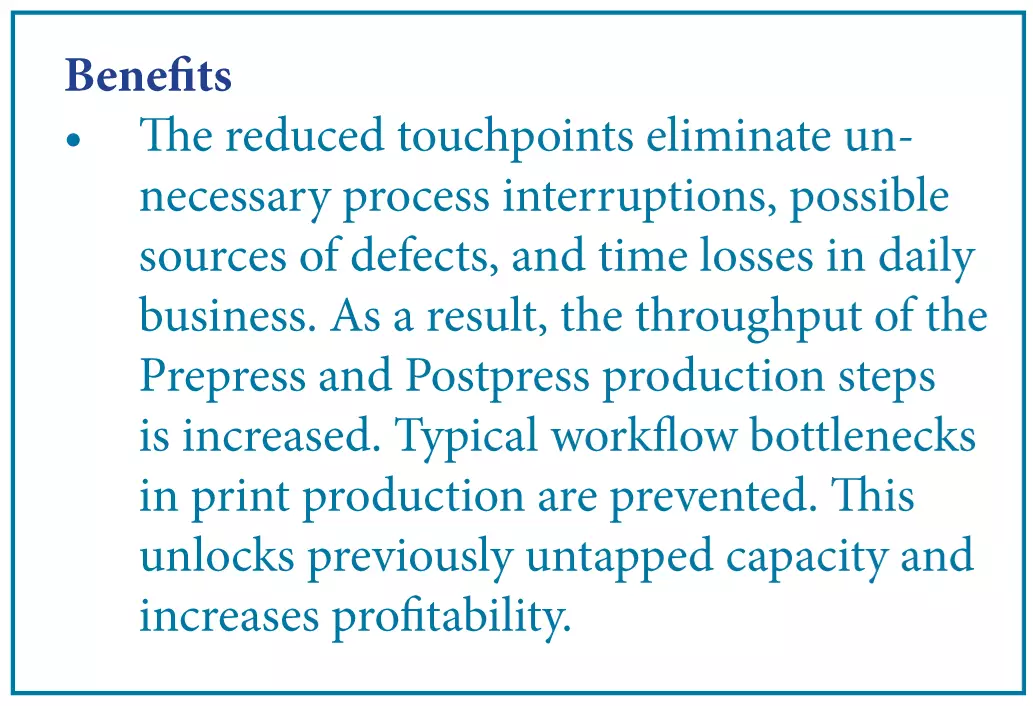
Reduce paper waste and warehousing
To achieve maximum productivity, optimal substrates and rightly qualified consumables must be used. Cost of consumables need not be the one single deciding factor here. This is the only way to ensure predictable and reproducible production with minimum substrate waste.
There are three factors which are decisive if one has to achieve optimal process – purchasing, quality, and planning.
Improvements in purchasing are simple and cost-effective measures that can be used by companies of all sizes. “Introducing suitable techniques cost very little and can be easily done by a company’s own personnel,” says Patkar. In addition, measures to control inventory and purchasing often result in better production performance.
Defined inspection criteria for all materials make good purchasing decisions easier. Key Performance Indicators and standards should also be defined for the approval of purchases.
Achieving quality depends on how reliably the processes are controlled. The only way to reliably reduce substrate waste and keep it down in the long term is by agreeing and adhering unconditionally to quality levels. They are the basis for colour management methods like ISO, G7, or in-house quality standards. It is important that the definitions are consistent and that the quality rules are strictly adhered to.
Patkar says, “Consistent quality levels are also the most important prerequisite for constant processes without/with minimal changes to the printing press during production and between individual jobs. And they are crucial for high productivity.”
Changes mean idle time for a printing press, and therefore, it is time that is not being used productively. This is where planning comes in – imposition, changes to sheet sizes, paperweights, ink set points, ink coverage, ink sequence, and washing the blankets must be planned so that as few changes as possible are required when producing various runs.
The planning input reduces paper waste. By reusing settings from the previous run, the printing press always has the right settings for the next job.
“The optimised planning hierarchy applies to four-colour processes. Printing spot colours involves additional requirements for planning, whereby the general planning guidelines also apply here. If many spot colours are to be printed, multi-colour technologies help to be able to continue using the planning hierarchy.
“When producing numerous jobs that are printed one after the other in small runs, it is necessary to take into consideration the maximum capacity in platemaking and post-press. A job with a higher run may need to be slotted in so that CTP and post-press can keep up with the print,” says Patkar. “When these interact optimally, costly expenses can be reduced, and better use can be made of machine capacities. Your print shop’s utilisation increases.”

Optimise consistency and reproducibility
Standardisation and reproducibility are decisive key factors here. The only way to achieve maximum reliability is by consistently using a defined production method.
“It ensures consistency and reproducibility, in quality, performance, and delivery.
But this does not just affect the processes,” says Patkar. The substrates, as well as the consumables like plates, blankets,inks, ink fountain washing fluid, and coatings, must be precisely defined.
To achieve a consistent quality and performance level with no major deviations, standards and processes must be defined. A smart print shop needs standard processes to reduce touchpoints throughout the business from estimating to billing.
Patkar says, “This lets you fully tap the potential of your output devices and use technologies that allow the operator to achieve maximum performance. Complete consistency requires real-time data transparency in all operational aspects like colour reporting, substrate performance, change times, and OTIF (on-time and in-full).” The standardised processes must always be adhered to so that each operator can deliver the same performance in each role.
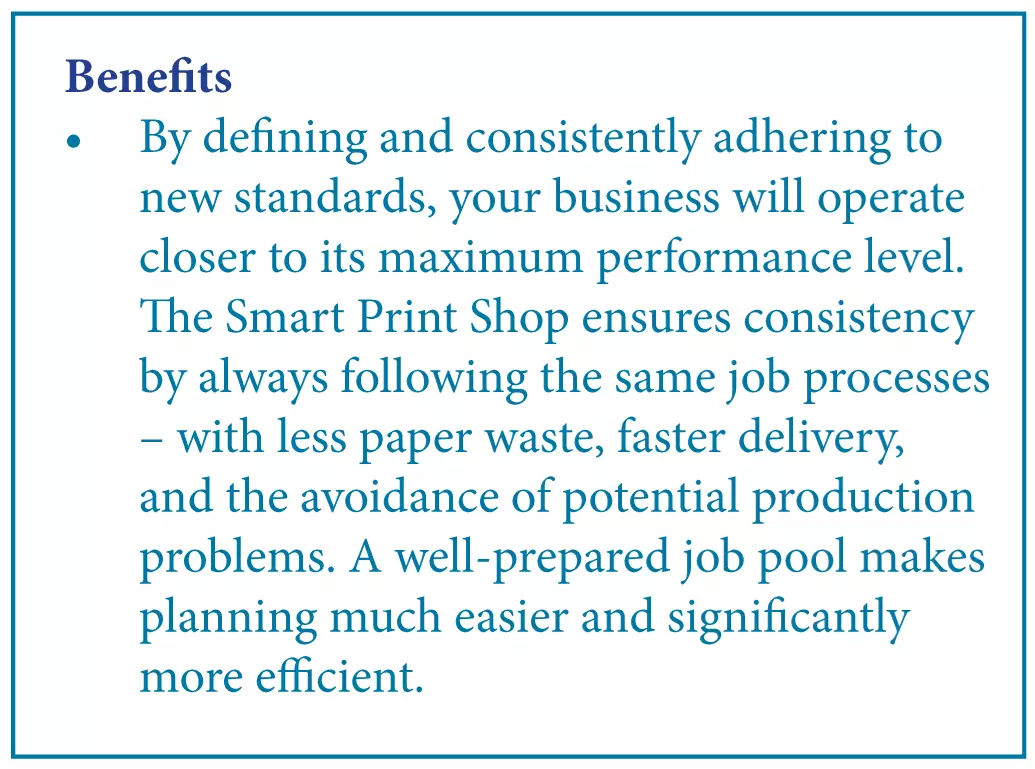
Business intelligence
Business Intelligence (BI) is a technology-based data analysis process. It provides information that enables users to make informed decisions. Business Intelligence includes a variety of tools, applications, and methods for compiling business data from in-house systems as well as from external sources. This includes preparing it for analysis, and for searching it.
“These analysis results are made accessible to decision-makers and employees in the form of reports, dashboards, and graphs,” says Patkar.
The integrated approach reveals connections that cannot be identified using other methods.
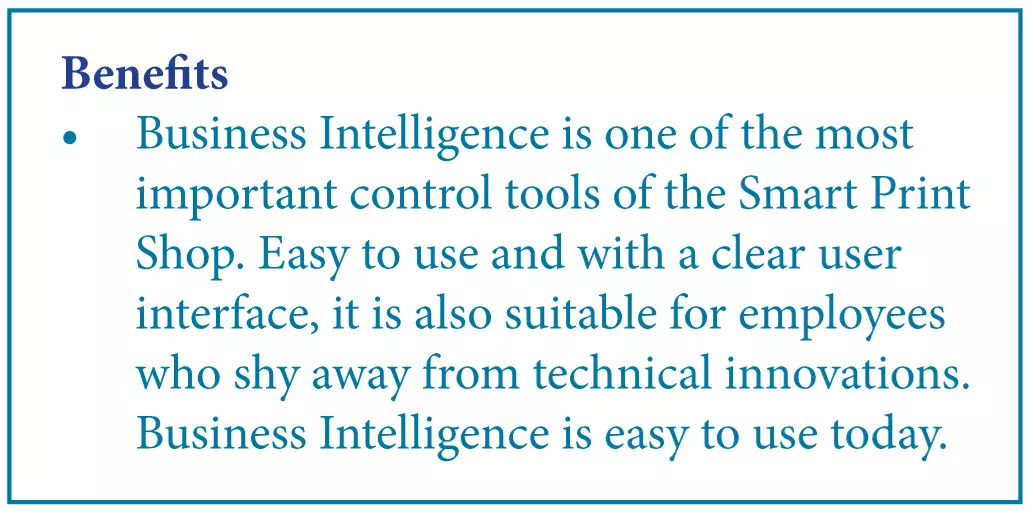
Patkar says, that his company is future-ready to handhold the Indian print industry in this digital transformation journey. “We can help businesses evolve, stay relevant and quickly respond to market opportunities. Our boundless capacity for innovation and disruptive technology can empower your enterprise to rise above and beyond current challenges,” concludes Patkar.
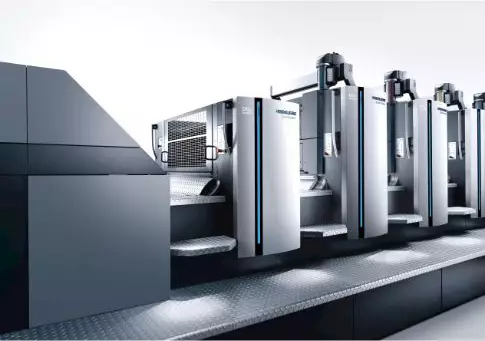
Heidelberg Speedmaster CX102 Intellirun press











 See All
See All